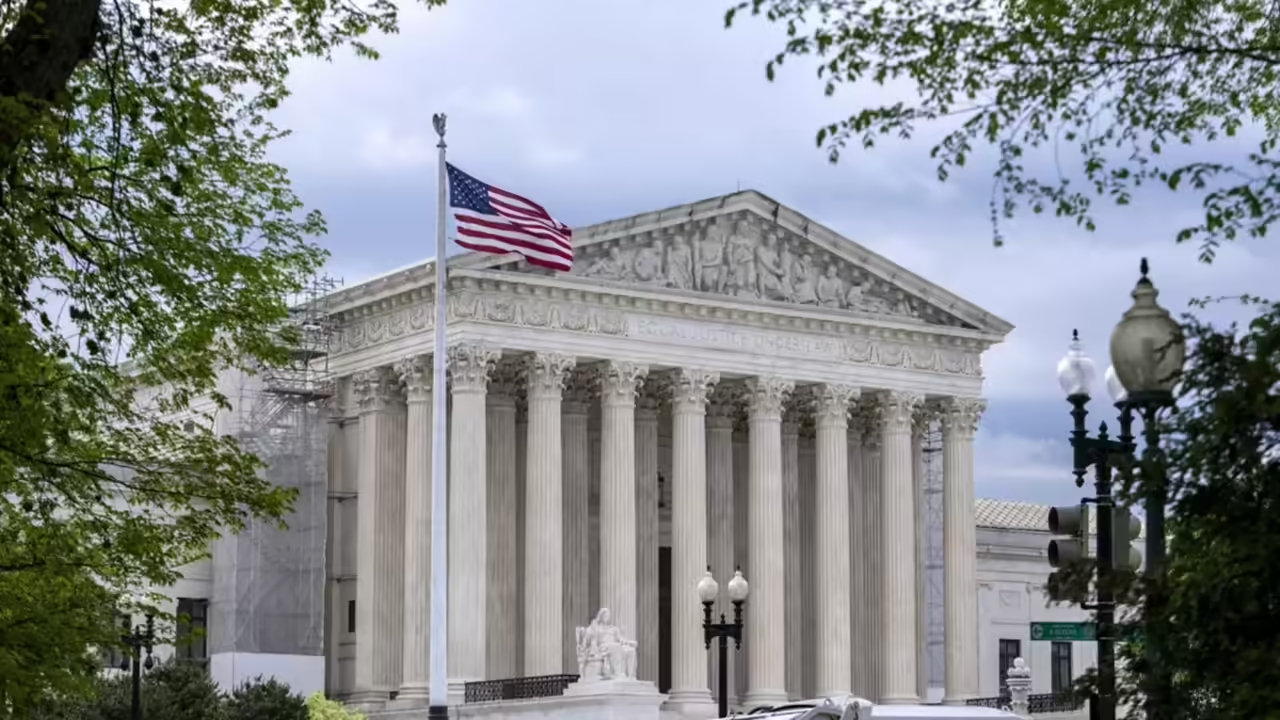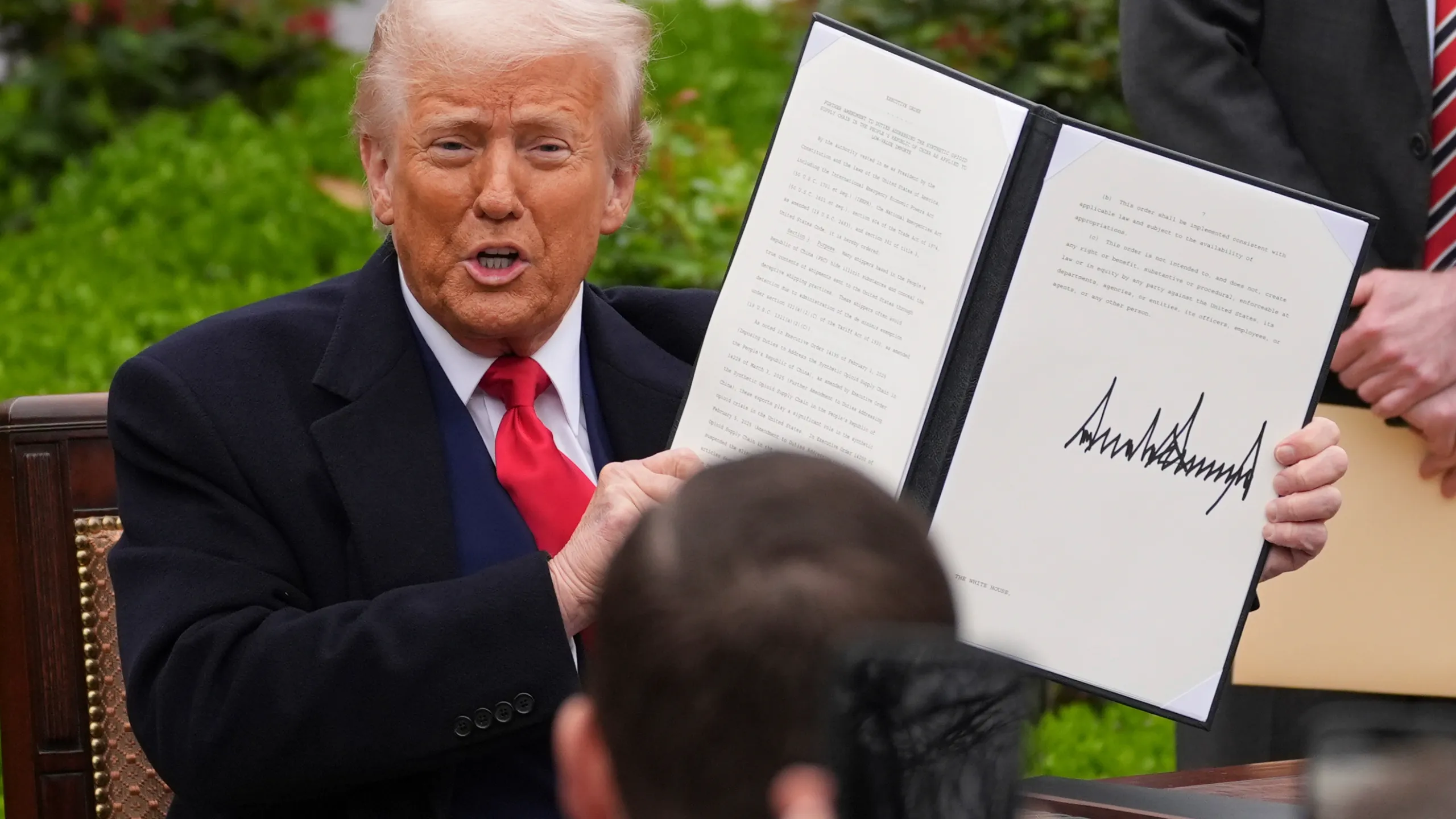
The recent decision by the Supreme Court to uphold a significant wave of layoffs at the US Department of Education has stirred considerable controversy and debate across political, educational, and social spectrums. With an approval for the termination of approximately 1,400 employees, the ruling marks a pivotal moment in federal employment policy and signals the government’s ongoing efforts to reshape how education funding and administration are managed in the United States.
Background of the Layoff Decision
The layoffs at the US Education Department did not emerge in isolation. Instead, they are part of a broader strategy aimed at optimizing federal expenditure and reallocating resources to areas deemed more critical or efficient. Over the past few years, the department has faced increased scrutiny regarding its operational efficiency, transparency, and the overall impact of its policies on educational institutions nationwide.
The decision to execute these layoffs was initially met with resistance from various stakeholders, including educators, union representatives, and some political leaders. Critics argued that such reductions could potentially impair the department’s ability to oversee effective educational programs and implement necessary reforms. Conversely, proponents maintained that streamlining the workforce would lead to improved efficiency and better use of taxpayer dollars.
Supreme Court’s Role in the Approval
What makes this development particularly noteworthy is the Supreme Court’s recent ruling backing the layoffs. The court’s decision signifies a legal affirmation of the government’s authority to make employment and budgetary decisions within federal agencies, reinforcing the executive branch’s ability to manage personnel policies without excessive judicial interference.
This stance by the Supreme Court underscores the importance of executive discretion in administrative functions, especially when it comes to budgeting and workforce management. It also highlights the ongoing debates over the limits of judicial authority in administrative and personnel matters within government agencies.
Key Arguments Supporting the Decision
- Executive Autonomy: The court emphasized the executive branch’s constitutional prerogative to manage its workforce and allocate resources efficiently.
- Budget Constraints: Given the fiscal pressures faced by the federal government, reducing headcount was deemed a necessary step to achieve financial prudence.
- Efficiency and Modernization: The layoffs are viewed as part of a broader effort to modernize the department’s operations and eliminate redundancies.
Counterarguments and Concerns
- Impact on Educational Oversight: Critics fear that such large-scale layoffs could compromise the department’s ability to effectively oversee and support educational institutions across the US.
- Service Disruptions: There is concern that these cuts might lead to delayed or reduced services to students, schools, and communities.
- Labor and Union Reactions: Labor unions have expressed concern over job security and the broader implications for federal workforce morale.
Implications for the US Education System
This decision’s ripple effects could be profound, shaping the future landscape of education policy and administration. Some of the key implications include:
1. Restructuring of Departmental Functions
With a reduced workforce, the US Department of Education is likely to undergo significant restructuring. This could mean streamlined administrative processes, increased reliance on technology, and a focus on core functions rather than sprawling bureaucratic operations.
2. Impact on Education Funding and Policy
The layoffs could influence how federal funding is allocated and managed. Smaller teams might limit the department’s capacity to implement new initiatives or efficiently oversee existing programs. Conversely, it could result in more focused efforts on priority areas.
3. Staff Morale and Career Stability
For the remaining employees, job security and morale could become concerns. Large layoffs often lead to uncertainty, which may affect productivity and organizational culture within the department.
Broader Political and Social Context
This development cannot be viewed solely through an administrative lens; it intersects deeply with the broader political climate. The decision reflects ongoing ideological battles over the role of government in education, fiscal responsibility, and administrative control.
Moreover, the layoffs come at a time when public debate about educational equity, access, and quality is intensifying. Critics worry that reducing the department’s capacity might undermine efforts to address systemic inequalities, particularly for underserved communities.
Future Outlook
While the Supreme Court’s backing provides legal certainty, the long-term consequences of these layoffs remain uncertain. Stakeholders across the board are watching closely to see how these changes unfold in practical terms, including impacts on educational outcomes and federal-state collaboration.
The department may need to adopt innovative strategies to maintain its effectiveness despite reduced staffing. Integrating technology and streamlining workflows could be part of a broader transformation aimed at adapting to the new staffing realities.
Conclusion
The Supreme Court’s approval of the layoffs at the US Department of Education signifies a landmark moment in the balance of judicial, executive, and legislative powers. It highlights the ongoing debate over the size and scope of federal agencies and their capacity to adapt to fiscal and political pressures.
As the department moves forward with these changes, all eyes will be on how they affect the delivery of education policies and services, as well as the morale and stability of its workforce. Ultimately, this incident underscores the complex interplay between governance, policy priorities, and societal needs in shaping the future of education in America.
For more updated news please keep visiting Prime News World.








